There is an increasing dependence on electric power in today’s electric world and developments in computerization and electrification have increased everyone’s dependence on electricity, and hence a major motivational factor for all nations worldwide has been energy conservation.
Recently, the concept of standby power has become highly popular. Standby power is the energy consumed by appliances while they are not performing their key function or when they are switched off. This is different from “off mode” power, which occurs when the product is connected to the main power supply and is switched off.
Since these concepts are not very clear to users, it is important that they understand this phenomenon and its financial benefits.
Standby power and off mode power has become a global concern over the past ten years.
Initiatives by the EU
The EU has initiated several initiatives to establish standards for standby power levels:
- The International Energy Agency (IEA) has launched a 1 W standby initiative, and is expected to decrease this threshold to 0.5 W by 2013. Achieving this threshold may be quite challenging as one considers that the typical standby/off-mode power consumption levels of today’s household electrical appliances can be as much as several watts.
- The IEA Selina project conducted a large-scale monitoring campaign to characterize the low-power modes of new appliances sold in the EU market. It was discovered that 18.5% of the household equipment had a measured off-mode power that did not comply with the EU’s 1 W threshold target. This percentage is expected to increase to 41.5% if the threshold is brought down to 0.5 W by 2013. In terms of the standby mode, it was found that 31% the household equipment did not comply with the 1 W threshold, and this percentage is expected to increase to 66.4% if the threshold is brought down to 0.5 W by 2013. In case the power consumption of these products is reduced to between 0.5 W (off mode) and 1.0 W (standby mode), it is estimated that the resulting electricity consumption in standby/off mode in 2020 could be reduced to about 15 TWh.
- The International Electrotechnical Commission has understood the significance of standby power consumption and the energy efficiency issue and has been actively preparing an international standard for the measurement and reduction of standby and “off” mode power.
- The second edition of its International Standard IEC 62301 (Household electrical appliances – Measurement of standby power) has been recently released by the committee. The European CENELEC Technical Committee TC59X has also prepared a European Standard: EN 50564:2011 (Performance of household and similar electrical appliances), covering similar ground.
These standards make sure that all major stages of the design and manufacture of a product are power-efficient. Specifically, the relevant test conditions are defined and measurement methods for the accurate measurement of power in standby and “off” modes are determined.
Measurement Conditions
The number of different measurement modes for determining power consumption is specified in the IEC and EN standard:
- Sampling method: In this mode, an instrument is used to record power measurements at regular intervals throughout the measurement period. The measurement intervals must not exceed one second for the specified minimum period. The data from the first one-third of the total period is always discarded.
- Average reading method: This mode, which is used where the power value is stable and the mode is stable, involves averaging the instrument’s power readings over a specified period or recording the energy consumption over a specified period and dividing by the time. When the stability cannot be achieved with comparison periods of 30 minutes duration each, the sampling method is used.
- Direct meter reading method: This is again used where the power value is stable on the power meter and the mode is stable. The product is allowed to operate for at least 30 minutes, and if it appears to be stable then the power measurement reading is taken from the instrument.
Power Measurement Software
In a recent development, it is now possible to carry out standby and “off mode” power testing to establish compliance with these standards using new power consumption measurement software designed for use with the Yokogawa range of digital power analyzers. This solution enables manufacturers to test the compliance of their products according to the IEC or EN standards.
The new standby power consumption measurement software offers functions that include communications between the host PC and the relevant Yokogawa instrument, a user-friendly interface, measurement of power data as defined in the standards, report preparation and production, and saving to the appropriate storage medium.
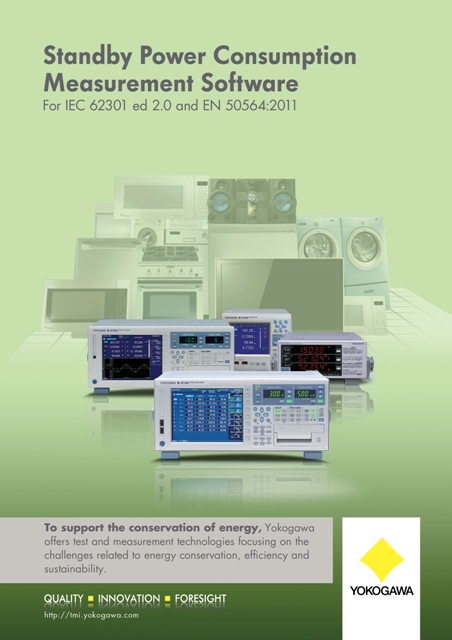
Figure 1. A new power measurement software package for the Yokogawa range of precision power analyzers provides a complete solution for the testing of standby power in accordance with the latest IEC62301 Ed.2.0 (international) and EN50564:2011 (European) standards.
Electrical parameters measured include total harmonic distortion, crest factor, voltage, frequency, power variation, and accumulated energy. In addition, although they are not required by the standard, apparent power and power factor are also measured as reference values.
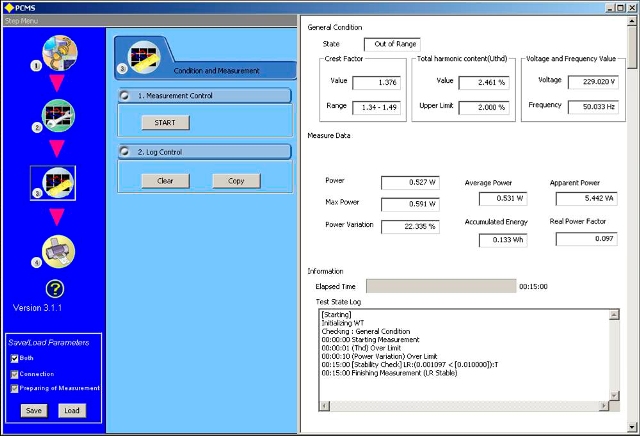
Figure 2. Power measurement display: The power measurement display allows the user to view all the measurement details according to the standard and provides the option to copy the actual test conditions.
The software is easy to install and needs very minimal training in order to carry out the measurements. The software uses both the sampling method and the average reading method defined in the standards and provides a measurement time check.
It offers two modes of operation: the “auto” and “manual” mode. In “auto” measurement mode, the software checks data stability every ten seconds carries out the measurements in the shortest possible time and executes the algorithms according to the IEC62301 Ed.2.0 and EN50564:2011 standards. It reduces the complex calculations involved and provides simple and easily understandable reports.
A text entry function allows information other than the measured values to be entered for incorporation in a report. The report is generated as a PDF file and the measurements are also available in .CSV format.
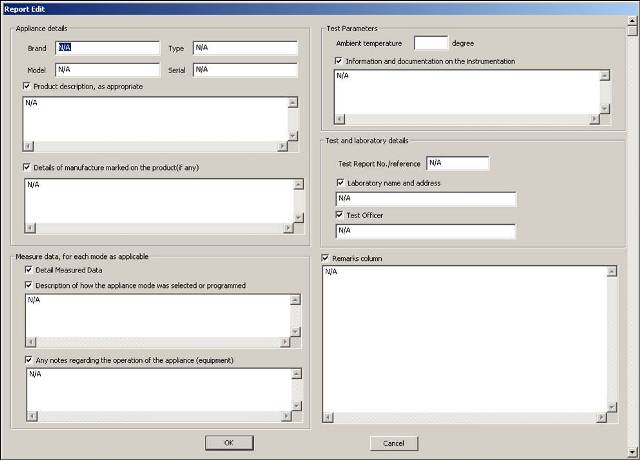
Figure 3. Report text entry: Users can enter comments and details in preformatted fields regarding the product under test and the test conditions.
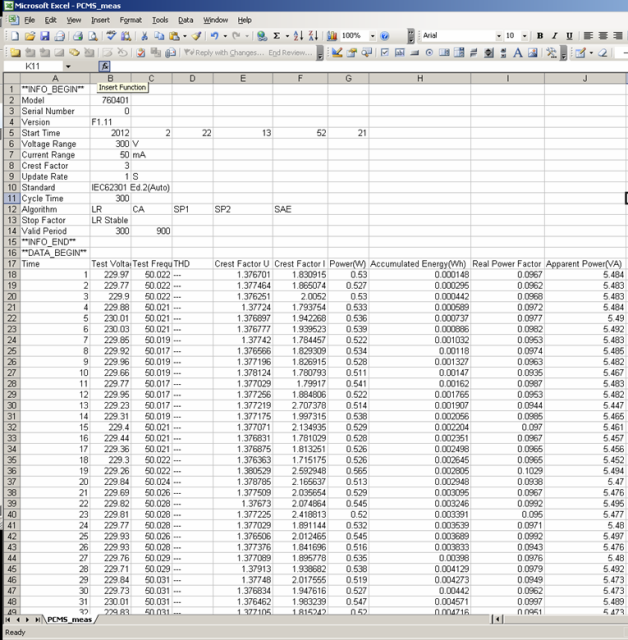
Figure 4. CSV file generation: The raw data of the test is saved and enables the user to cross-verify the output of the report.
Conclusion
Standby power consumption is no longer a simple issue. Standby power has become a global concern over the past decade, and the new IEC 62301 and EN 50564:2011 standards will help to ensure that power efficiency is incorporated into all the key stages of the design and manufacture of electrical appliances.
Determination of the relevant low power levels to ensure compliance with these standards requires accurate measurement, and the combination of precision power analysis instruments with versatile power measurement software which will, in turn, help the industry to develop products with lower standby power consumption in compliance with the IEC standard. In doing so, they will not only help the manufacturers to achieve energy efficiency but will also benefit the consumers, the economy, and - last but not least - the environment.
References
The IEA and Selina
The International Energy Agency (IEA) is an autonomous organization which strives to ensure consistent, clean, and affordable energy for its 28 member countries and beyond.
Selina stands for “Standby and Off-Mode Energy Losses In New Appliances”, and the main objective of the Selina project was the characterization of the market for standby and off-mode electricity consumption of new appliances in the market. This data has been collected by measurements in shops, and by gathering manufacturers’ data, in each low power mode of operation.
Additional references
- EUROPA - Commission's proposals to reduce standby electric power consumption.
- Nederlandse norm NEN-EN 50564 (en) Electrical and electronic household and office equipment - Measurement of low power consumption. (Juni 2011)
- IEA (International Energy Agency): Things that go blip in the night – Standby Power and How to limit it (2001)
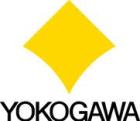
This information has been sourced, reviewed and adapted from materials provided by Yokogawa.
For more information on this source, please visit Yokogawa.